Outdoor light fixtures with a strong artistic focus
Decorative street lighting is designed to be a focal point in an outdoor area. It sets the tone of the space, creates visual drama, and weaves all of the elements together into a cohesive panorama. Area and street lighting is provided to ensure safe movement of vehicular and pedestrian traffic. Decorative area and street lights are installed to provide comfortable visibility of activity areas and possible hazards, while contributing to the unique identity of the streetscape or the landscape of a defined area.
The term “street lighting” refers to illumination of roads where pedestrians and cyclists are present, these roads are primarily local streets and walkways used for direct access to residential and commercial properties. The term “area lighting” refers to illumination of a geometric area which can be a park, campus, or square. Since people do not differentiate between area and street lighting, these two types of outdoor lighting are collectively referred to as “street lighting” in this guide in order to facilitate the narrative.
Taking streetscape from ordinary to extraordinary
Lighting itself can be a work of art, and this is where decorative street lighting makes sense. Unifying the relationship between architecture and lighting allows a special district or community to establish a unique identity. While architectural street lighting seeks to create a cohesive lighting design that is specific to the elements characterizing a specific environment or property, decorative street lighting serves to reinforce the thematic style. A decorative street light draws attention to itself, creates visual depth and adds a sense of drama to the scene. It embellishes the environment in its own right with fixture scale, color, detailing and mounting heights as appropriate for the surrounding architecture and landscape elements within the special district or community as a whole.
The aesthetic value of decorative street lighting is highly appreciated in areas with high pedestrian volumes and themed environments. These visually pleasing light fixtures are the crowning feature of any streetscape or landscape created for city centers, commercial developments, town squares, residential communities, recreational districts, and public parks. No other element can so dramatically and effortlessly create a compelling visual experience, transform an environment, or inspire a memory, as a decorative street light can.
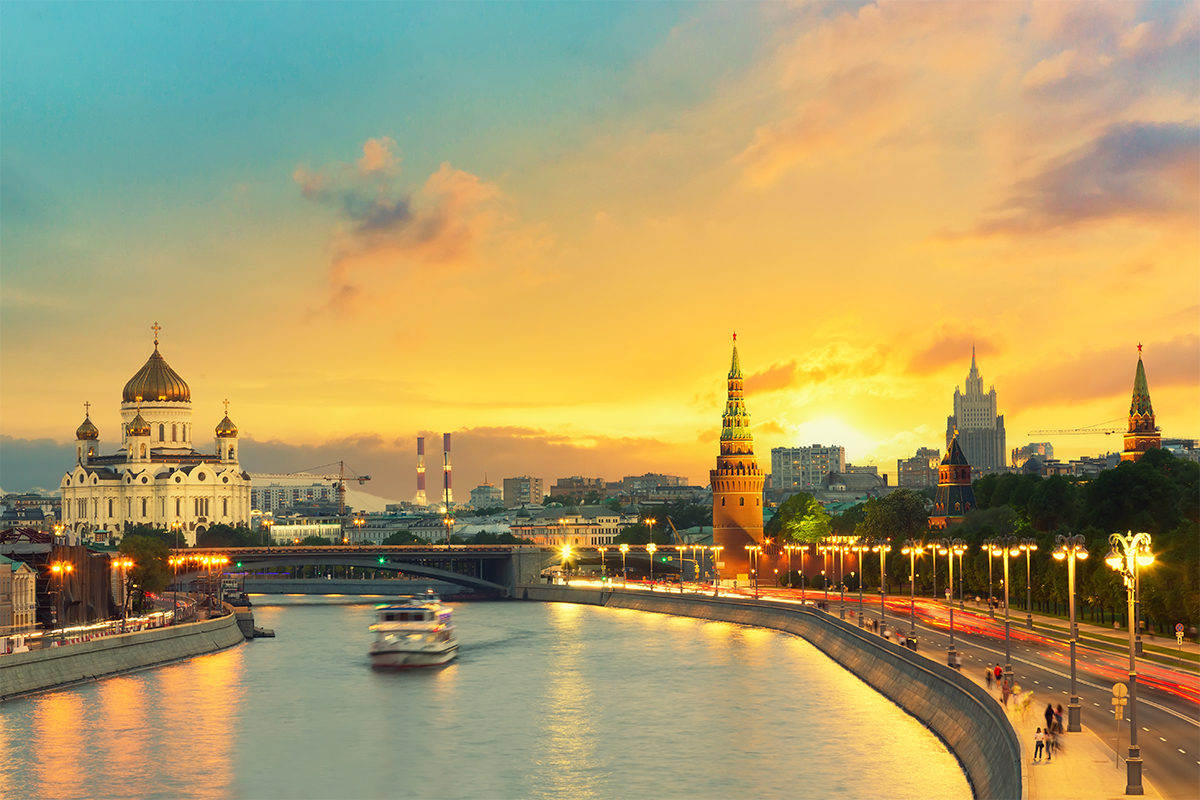
Fixture appearance and scale
Decorative street lighting presents itself in many forms. The luminaire style may be historic, transitional, modern, contemporary, or some combination. The fixture may be designed as a 1-light assembly or a highly ornamental system with a group of lights and/or a multi-tier configuration. There’s also an extensive array of options for poles, bases, arms and brackets to choose from to fit any mounting height and style.
The luminaire and pole assembly of a decorative street light are highly interdependent on each other. Their aesthetics are heavily influenced by scaling with the surrounding environment, nearby buildings and other features. The application of the decorative elements should be mindful of the proximity and movement of observers.
All the elements need to be integrated and coordinated with the mounting height and layout. Luminaires mounted 30 feet above the ground may need large scale but less intricate detailing. More visual emphasis is placed on the geometry and silhouette of the entire light fixture. Decorative light fixtures designed for human scale illumination call for intricate aesthetic details on the luminaire and pole assembly because pedestrians have closer interaction with them.
LED technology takes center stage
Traditional area and street lighting installations are primarily served by luminaires with metal halide (MH) or high pressure sodium (HPS) lamps which are classified as high intensity discharge (HID). The use of HID lighting not only poses challenges of excessive energy consumption and expensive lighting maintenance, but also impose limits on the design of luminaires. With traditional lighting technologies, the artistic expression of light fixtures is in significant deficiency due to the bulky volume of the glass enveloped lamps and the necessity of using large optical systems to control the distribution of light emitted by these lamps.
Already today, every conceivable lighting application is dominated by LED technology which utilizes the injection electroluminescence effect in compound semiconductor structures to produce light throughout the visible wavelength range. The widespread adoption of solid state lighting devices is driven by their abilities to provide drastically improved energy efficiency, extended product life, low maintenance costs, and reduced environmental footprint.
For lighting design professionals, a breathtaking advantage of LED lighting is that it offers the opportunity to advance beyond legacy form factors. The miniature size, directional emission and high flux density of LEDs enable the design of luminaires with a perfect fusion between form and function. The semiconductor devices can be seamlessly, unobtrusively integrated into luminaires of unusual form factors to create striking visual compositions while providing outstanding illumination.
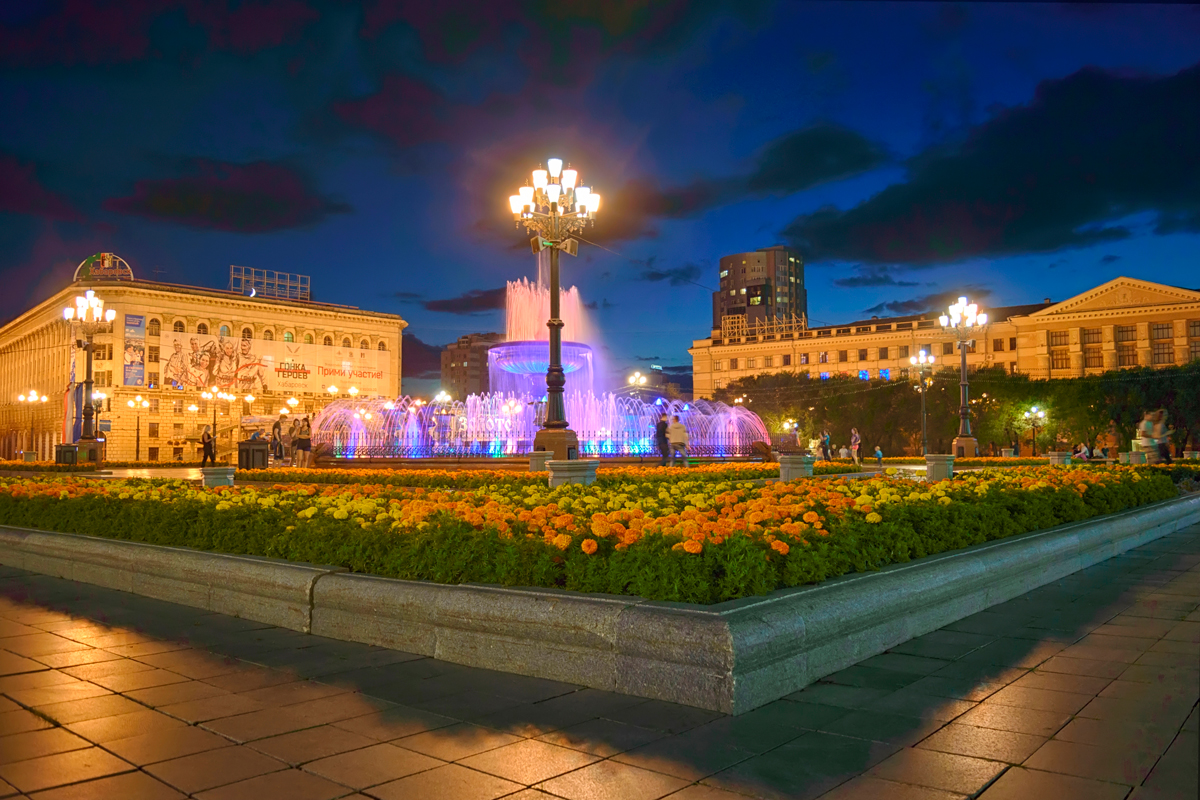
System integration
Decorative LED street lights can be of the lamp-based type or the integrated type. A lamp-based LED street light, as its name suggests, uses self-contained LED lamps as the light sources. It’s usually a fixture of the conventional design. An integrated LED street light builds LEDs into the luminaire and the thermal, electrical, mechanical and optical systems are designed as luminaire-level components. Direct integration of the LEDs results in increased surface area for conductive and convective thermal transfer. It also allows for the use of more robust driver and control circuitry which is usually too large to be incorporated into the space-limited LED lamps. Integrated system design yields greater freedom in new lighting form factors and optical control, which enables lighting designers to create the wildly expressive sculptural forms and make a truly striking aesthetic statement.
The LED technology platform is not only capable of injecting efficiency and reliability into classic style fixtures that offer a charming vintage, transitional, or modern vibe, but also contributes to the proliferation of works with contemporary glamor. Contemporary design does not break the fixture down to very basic pieces: base, pole, arm, and luminaire, nor does it indulge in the use of intricate elements. Instead, it breaks rules to embrace stylistic fluidity, creating a forward-thinking dialogue with artful shapes, vibrant colors, and sleek sophistication.
Light distribution and appearance
Decorative street lighting is often provided for urban environments which can high nighttime pedestrian activity. The use of horizontal and vertical illuminances is therefore important to increase the visibility of pedestrians for safety and security. Equally important is to pay careful attention to luminaire mounting heights, light output and photometric distribution which govern the control of obtrusive light (glare, light trespass and sky glow). The optical system of the luminaire must be designed to meet the BUG rating for specific lighting zones.
In many area lighting applications, decorative fixtures are often meant to draw attention and look attractive rather than providing much useful light. Thanks to the excellent dimmability, controllability and color mixing capability of LEDs, dynamic lighting capable of changing color across the visible spectrum are becoming more and more popular in decorative lighting applications. Decorative street lights that incorporate RGB, RGBW, RGBA or RGBWA light engines and sophisticated control algorithms breathe excitement into audiences and create gorgeous ambiance through the influence of dynamic lighting.

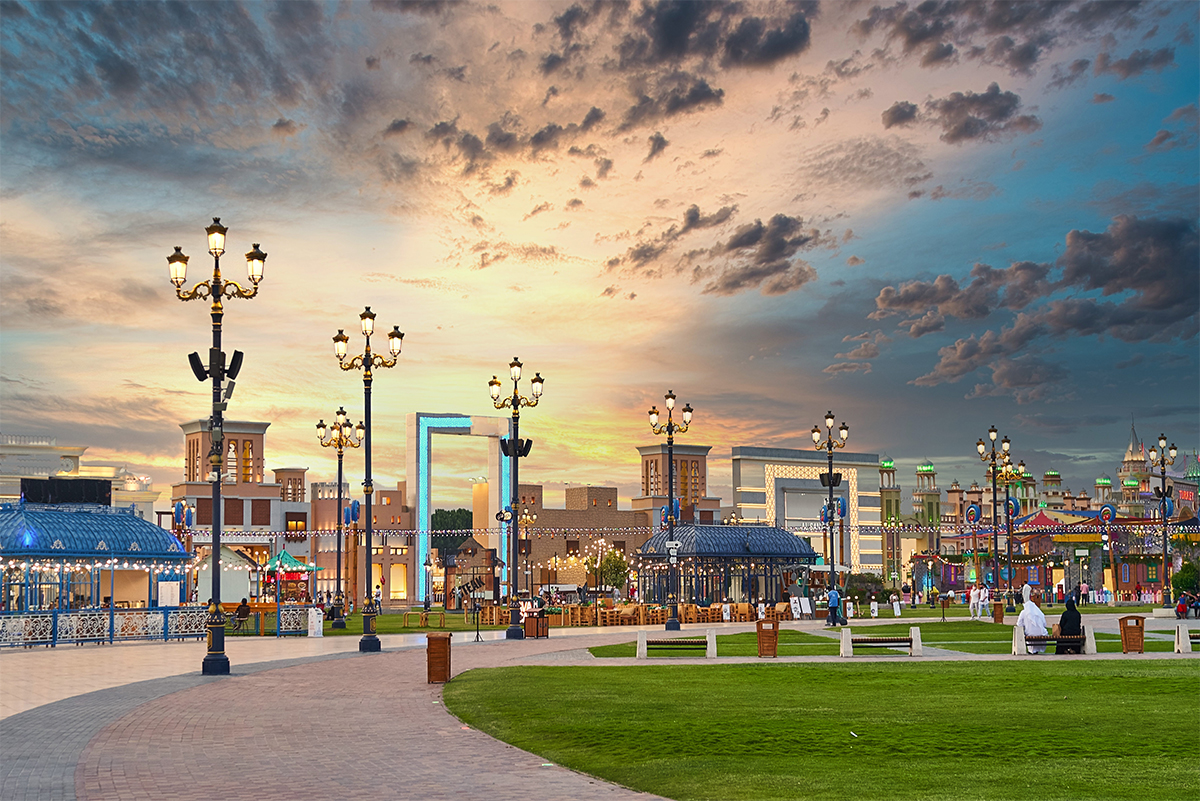
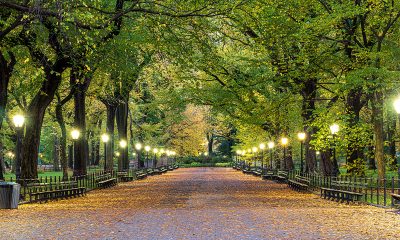
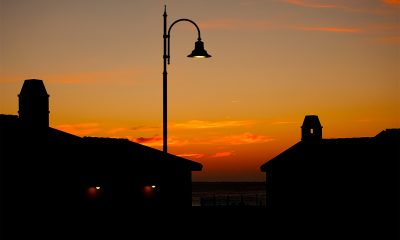
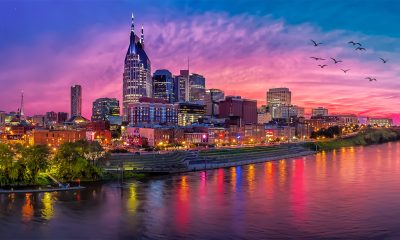
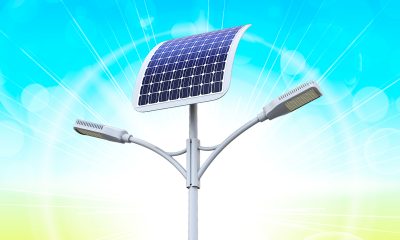
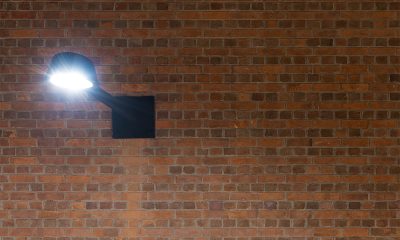
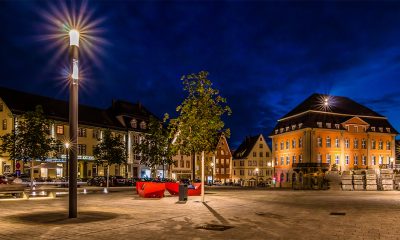
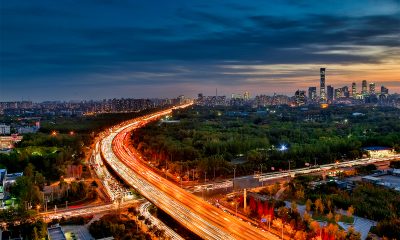
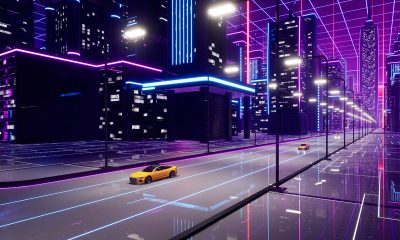

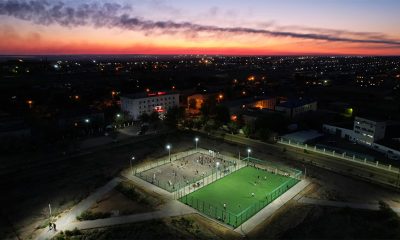
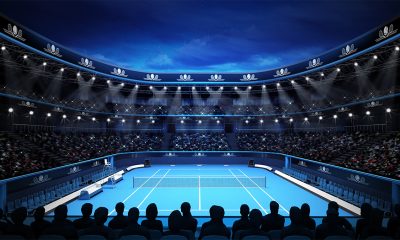






Loading...